2010 Jaguar XKR

| The Good: – Sublime styling – Terribly powerful engine – Full set of luxury gadgetry | The Bad: – Near-useless rear seats – Small luggage boot – Not the quietest of luxury cars |
The Jaguar XKR may not be the best in anything. It does not set track records, nor does it win any horsepower bragging contests. And yet, it is easily one of the most desirable cars in the world, based on styling alone. The fact that it also combines luxury and sport in one package is a bonus.
The entire Jaguar XK series has been ever-so-slightly facelifted for 2010. It’s because we’ve twice driven the previous version that we were able to spot the differences, barring the fact that our latest tester is a convertible instead of a coupe. A new front bumper, new rear light clusters and new wheels are the only real changes on the perennially-attractive exterior.
On the inside, looking beyond the supple leather and wood trimmings, the real change is the replacement of the regular shifter with the pop-up rotary gear selector that has now become a Jaguar trademark. The somewhat-sporty seats also get a funky new pattern. Every reachable inch of the cabin is covered in leather or soft-touch plastics, with a tasteful bit of metal strewn about.
There is enough space for two normal-sized people up front, but the rear seats will only fit midgets and children. Cargo room out back is limited too, thanks to a shallow boot, made even smaller by the folding cloth roof and a massive dealer-installed fire-extinguisher. Two cup-holders, a glove-box, an armrest cubby and some door pockets cover the rest of the storage spaces.
The Jag is loaded with a fair amount of tech, such as the touchscreen that houses the navigation and extra controls for the stereo, climate control and Bluetooth phone. The screen works well enough, as does the excellent CD stereo with solid sound quality and the adaptive cruise control that automatically maintains a safe distance. Keyless entry and start, electronic parking brake, auto-dimming mirrors and the like are all there. Safety is covered with a pile of front and side airbags, as well as pop-up roll hoops behind the rear seats. However, the lack of a rear-view camera became glaringly obvious every time we shifted into reverse. The electric top is a single-button press-and-hold affair, while the digital a/c is above-average, although we chose to keep the roof down and simply sweat it out during our September testing.
All was not well with our tester however. The auto-levelling HID headlights simply pointed upwards all the time, blinding oncoming traffic enough to embarrass us into turning off the lights on two-way streets. The driver-side headrest was also permanently stuck in the extended position. Considering this test car was in the hands of various retarded journalists for half a year before it finally came to us, these problems were relatively minor.
The unseen change for 2010 is the all-new 5.0-litre supercharged V8 under the vented XKR bonnet. Replacing the older 4.2-litre, the new engine makes a stonking 510 hp at 6000 rpm, and 626 Nm of torque from only 2500 rpm. Predictably, the kick is immense on any throttle input and at any speed. We fired off a 0-100 kph run of 5.1 seconds, very close to official figures, after we pressed a mysterious little “checkered flag” button near the shifter. The launch was seemingly perfect, and with little wheelspin, even though it is a rear-wheel-drive car. We left the 6-speed gearbox in ‘auto’ for our drag run, even though the paddle-shifter responses are the quickest we’ve ever seen in an automatic car. Also predictably, the fuel consumption can shame a Hummer, at 20.1 litres per 100 km during our test.
The 2010 XKR is closer to being a sports car than the previous version ever was. Now with retuned electronically-controlled suspension, the XKR continues to ride firmly, but this also now translates into sports-car levels of handling, rather than just being a grand-tourer like before. Body roll is very minimal, and grip is excellent in most cases, with the 20-inch alloys shod in 255/35 front and 285/30 rear tyres. However, we still felt that the tyres squealed too early for a sports car, as we got caught by surprise on a few high-speed turns. But then we remembered those retarded journalists again.
Even if the tyres were at less than optimum, there is a lot of fun to be had with the XKR. The traction control actually allows a bit of tail-sliding, so pumping on the throttle breaks the rear tyres loose rather easily for a second or so, before the computers bring the car back in line. It sometimes squeals the rear tyres even when casually taking off from a green light. We assume that with the electronic nannies off, the truck-like torque can become uncontrollable at the slightest sneeze, so we left the safety on. While the big ABS-assisted disc brakes are strong and the steering is firm, it doesn’t help that neither have much in the way of feedback.
The XKR rides firmly, but is ultimately bearable in day-to-day driving, possibly more so than the outgoing model. There is surprisingly limited road noise and wind rush with the top up, but a lot of ambient noises from passing cars and even talking people can be heard through the cloth top. All bets are off with the top down, as the loud engine and squealing tyres set the heart pumping and female passengers screaming to get out.
The Jaguar XKR occupies a precarious position somewhere between an all-out luxury tourer and a hardcore sports car. It is competing with neither the Bentley Continental GT nor the Nissan GT-R, but it does offer more fun than the former and more comfort than the latter. It doesn’t hurt either than it looks better than both. Its competitors would be the Mercedes-Benz SL-Class, the BMW 6-Series and the Lexus SC, but none of those garner as much attention as this Jaguar, nor do they offer the attention to detail that goes into a Jaguar. The XKR is the classiest car in its class.
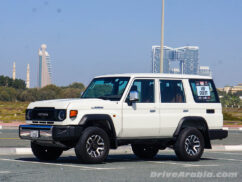
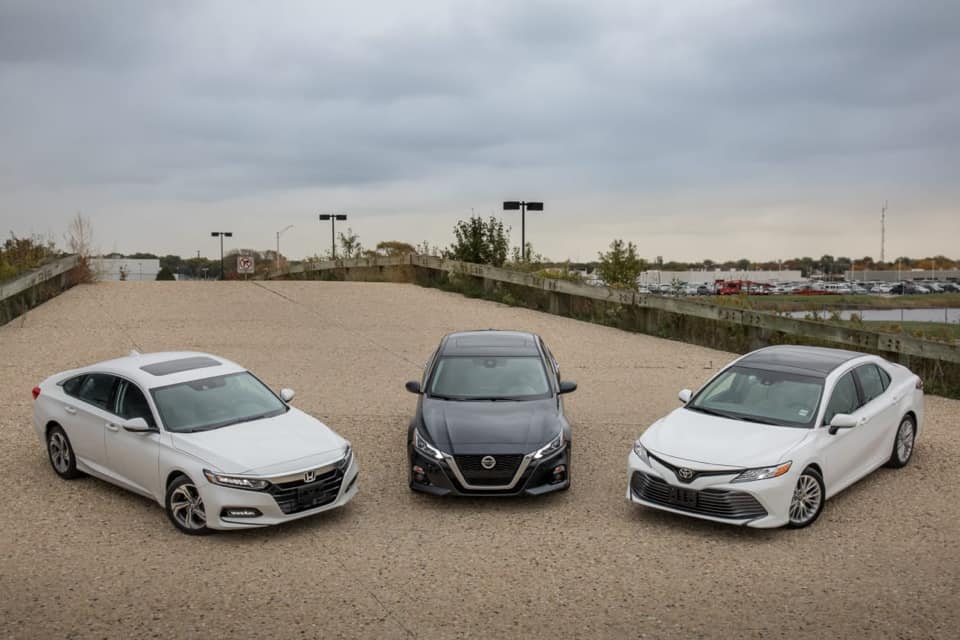
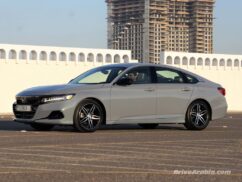
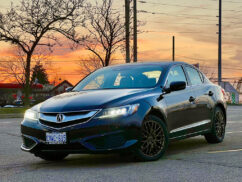
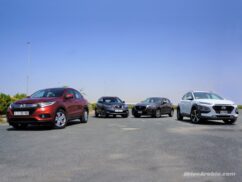
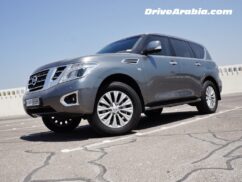
There are no comments. Be the first!